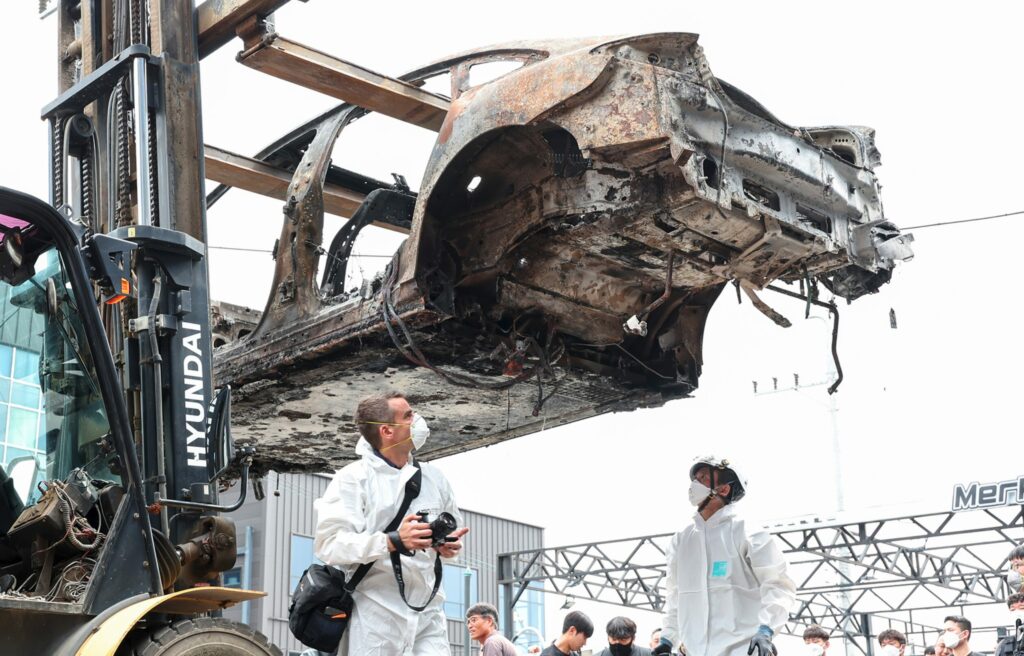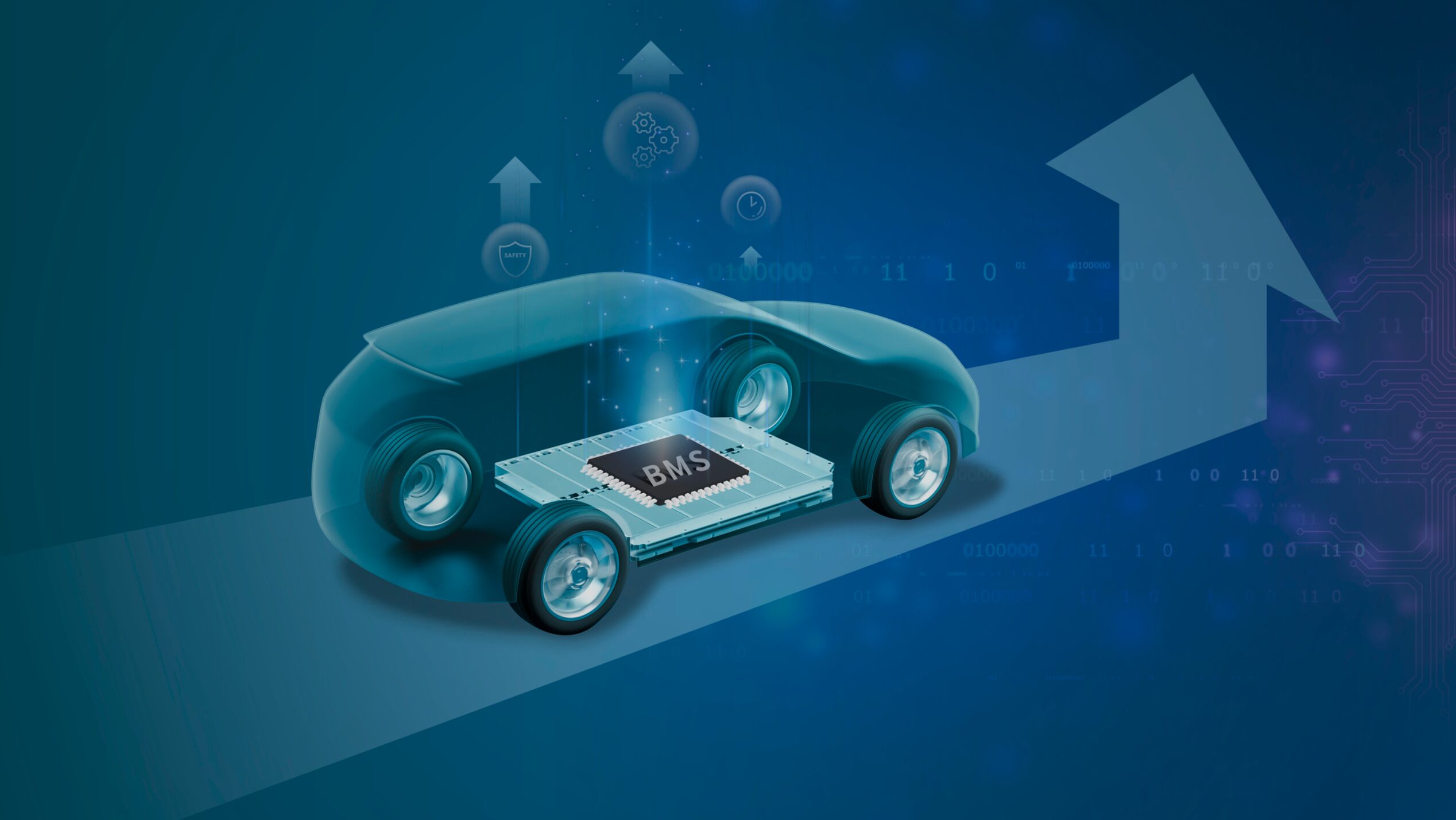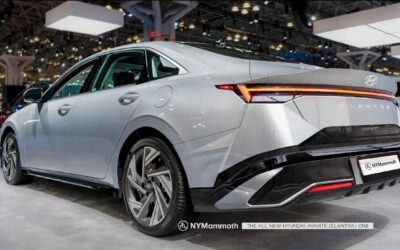Hyundai Motor Company and Kia Corporation have recently unveiled a cutting-edge Battery Management System (BMS), a key technology that underscores their commitment to electric vehicle (EV) safety. On August 16, the two automakers introduced this BMS as a result of over 15 years of in-house development, showcasing their robust research and development (R&D) capabilities after EV-phobia spread around South Korea after a Mercedes Benz EQE sedan fire inside a parking lot.
What is the Battery Management System (BMS)?
The BMS is essentially the “brain” of an electric vehicle’s battery, responsible for managing and protecting the battery as well as providing the necessary control information for the vehicle to utilize the battery efficiently. Given that the battery stores high levels of energy, the BMS plays a crucial role in ensuring that this energy is used safely and effectively.
Hyundai and Kia have leveraged their extensive experience in developing hybrid vehicles to build the current BMS. Through solving various technical challenges over the years, they have refined the BMS technology to its current state, making it a pivotal element in their EV offerings.
Key Features of the BMS
One of the primary functions of the BMS is precise battery system monitoring, which ensures the stable operation of the battery. The system monitors a range of factors, including voltage deviations, insulation resistance, current and voltage changes, temperature, and overvoltage or undervoltage conditions.
When the BMS detects any signs of abnormality, it immediately assesses the risk level and triggers vehicle safety controls. The data on these abnormalities is then transmitted to a remote support center, and customers receive automatic alerts via text message, guiding them to bring their vehicle in for inspection or emergency service.
Recent vehicle models have been equipped with advanced features that can detect potential faults even days or weeks before they manifest, such as micro short circuits. Additionally, Hyundai and Kia are developing a system that will automatically notify relevant authorities if a serious issue is detected.

Mercedes EQE Sedan fire inside a parking lot in Incheon have created EV-phobia
Onboard-Cloud Integrated Safety Management System
Hyundai and Kia are also working on developing an integrated safety management system that combines onboard diagnostic technology with cloud-based precision diagnostics. This system is designed to enhance overall vehicle safety by providing real-time monitoring and analysis of the vehicle’s condition.
Multi-Layered Overcharge Protection
Another critical role of the BMS is preventing battery overcharging through a three-stage safety system. This system involves intensive monitoring of the charging state, close collaboration with the charge controller, and other measures to ensure that overcharging is completely prevented. Hyundai and Kia have proudly stated that none of their electric vehicles have experienced fires due to overcharging, claiming a near-zero probability of such issues occurring.
Cell Balancing and Additional Safety Measures
The BMS also features cell balancing technology, which manages the individual cells within the battery to maintain optimal durability and performance. Furthermore, Hyundai and Kia have developed various advanced technologies designed to delay or prevent battery fires, showcasing their commitment to EV safety.
Conclusion
A representative from Hyundai and Kia emphasized that the extensive safety technologies integrated into their electric vehicles are a testament to the accumulated expertise and knowledge of their R&D teams. The company remains dedicated to developing new safety technologies to ensure that customers can drive their electric vehicles with peace of mind.






